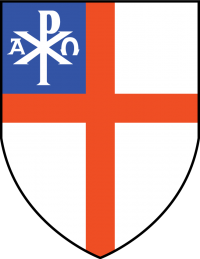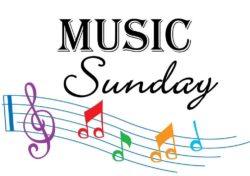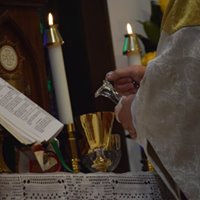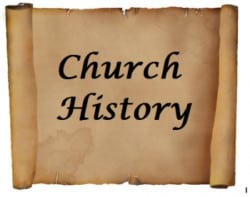Music Notes for Epiphany 1 Jan 13th
Prelude: Das alte Jahr vergangen ist J. S. Bach
Introit: (Isaiah 6:1) I saw also the Lord, sitting upon a throne; high and lifted up: (Revelation 19:6) And I heard the voice of a great multitude, saying, Alleluia: for the Lord God Omnipotent reigneth. (Psalm 100:1-2) Make a joyful noise unto the Lord, all ye lands. Serve the Lord with gladness.
Offertory (Psalm 100:1-3) Make a joyful noise unto the Lord, all ye lands. Serve the Lord with gladness: come before His presence with singing. Know ye that the Lord He is God.
Mit Fried und Freud ich fahr dahin Dieterich Buxtehude
Postlude Wie schön leuchtet der Morgenstern Andreas Armsdorff
The organ music heard today consists of preludes on German chorales.
The 1588 chorale “The old year is passed away” expresses thanks to God for preserving us over the previous year and to guide and protect now and in the future. Johann Sebastian Bach (1685-1750) wrote a very expressive and prayerful piece by the use of ornamentation and chromaticism.
The piece at the offertory is on the chorale “In peace and joy I now depart,” written in 1542 by Martin Luther. The hymn is based on the canticle Song of Simeon (Nunc dimittis) from Luke 2:29-32 when Jesus was presented in the Temple in Jerusalem 40 days after his birth. The prelude is by Dieterich Buxtehude (1637-1707), composer and organist at the Marienkirche in Lübeck, Germany.
“How bright appears the Morning Star” (Hymn 329), known as the “Queen of Chorales,” was written and composed by Philip Nicolai in 1599. The tune is heard in the pedals in the chorale prelude by Andreas Armsdorff (1670-1699), organist in Erfurt, Germany.
The Gradual Hymn 237, written in 1872 by William Walsham How (author of the hymn “For all the saints”) reflects on the childhood of Christ.
Verse 4 relates directly to the Gospel reading for today of the 12 year old Jesus in the Temple in Jerusalem.





